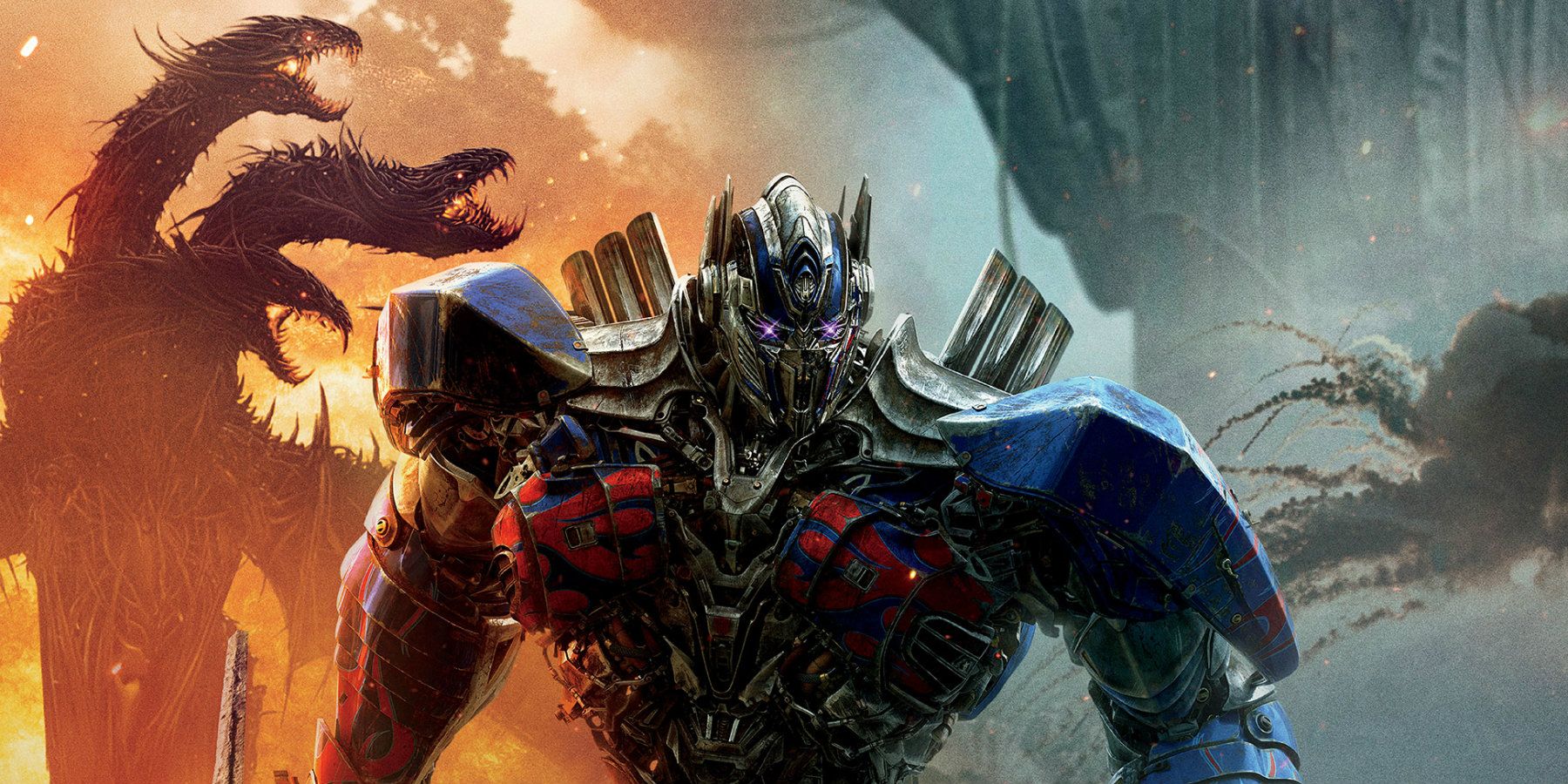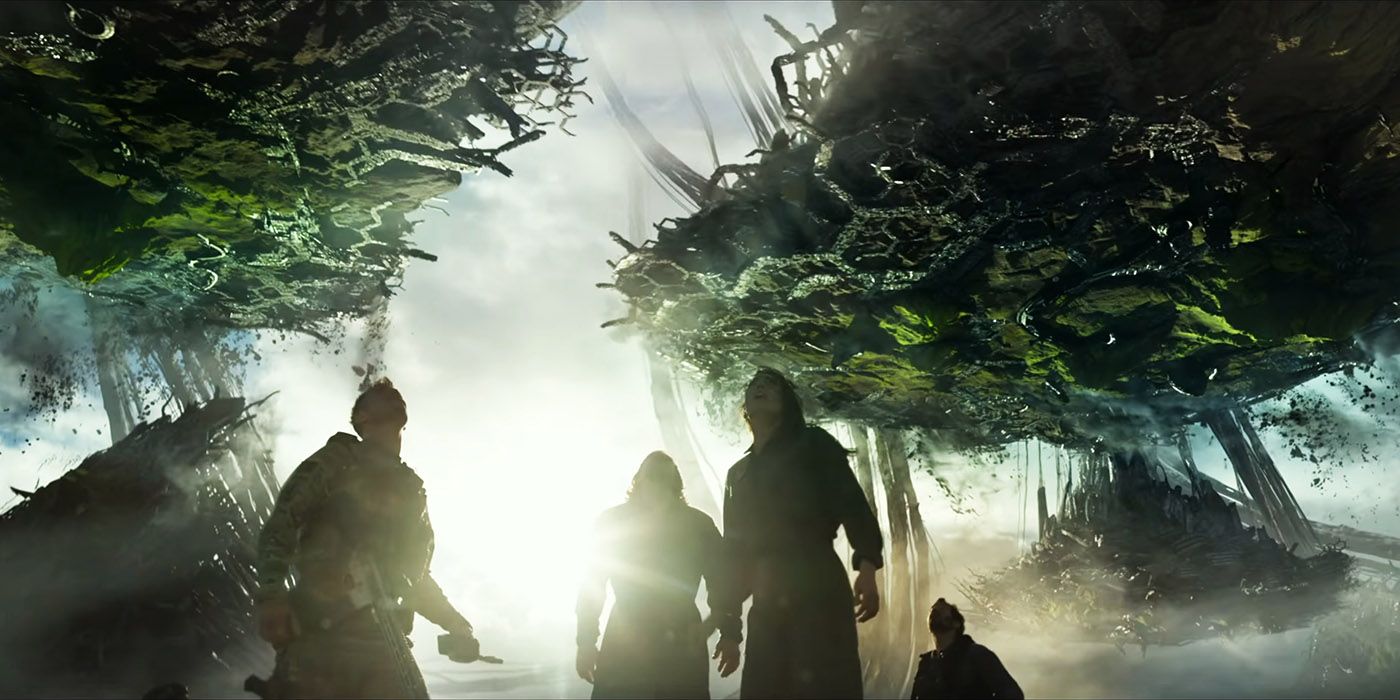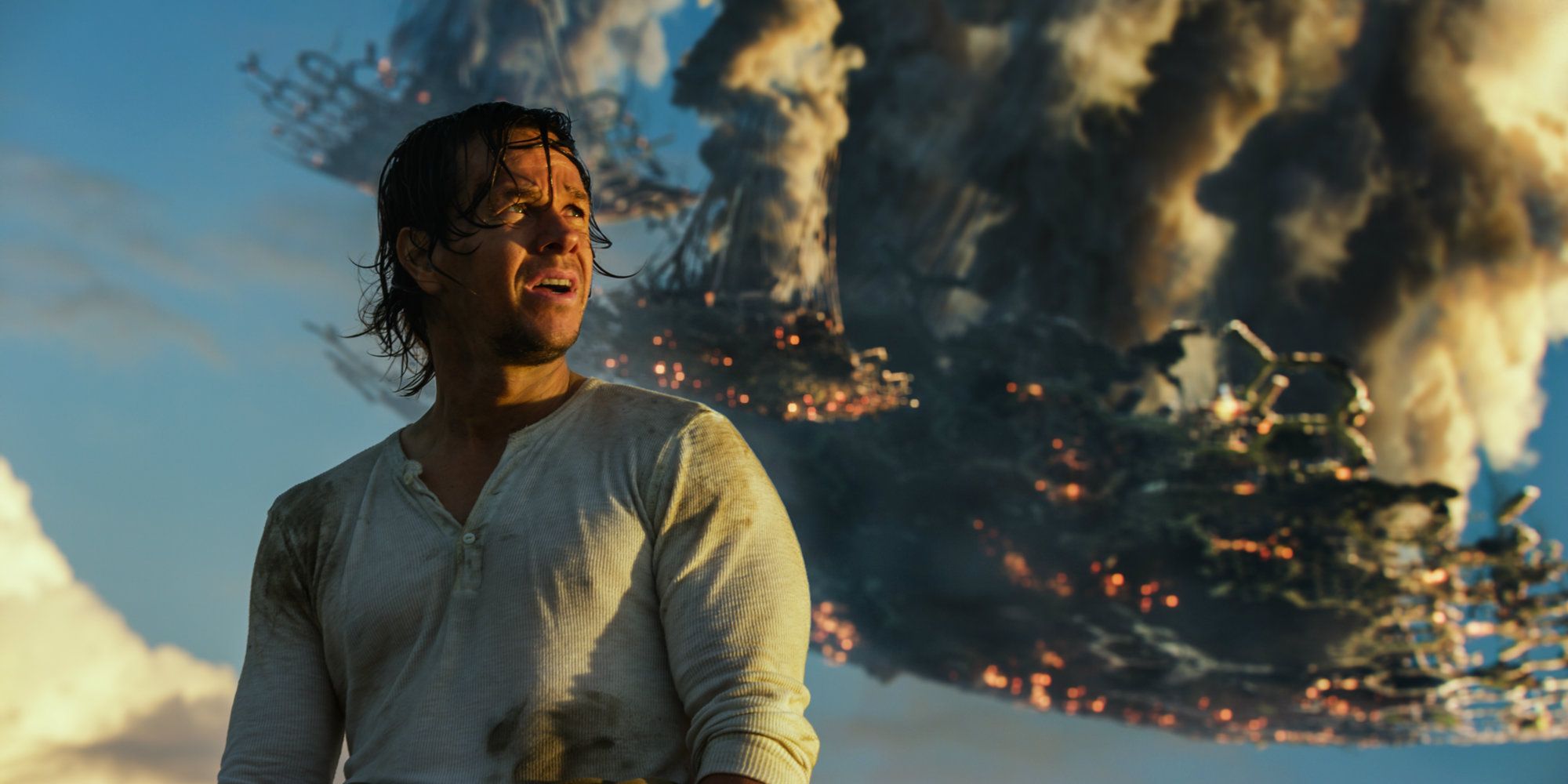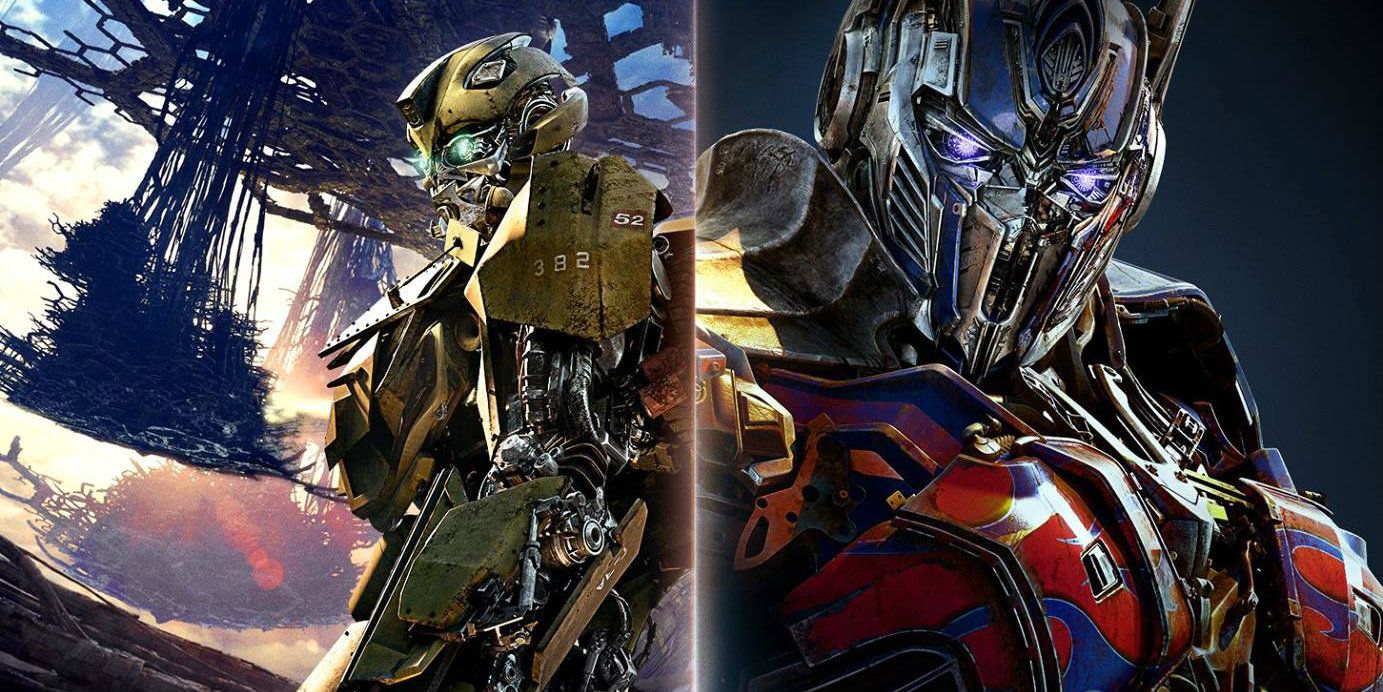Transformers: The Last Knight reveals the "secret history" of Transformers, and in doing so finally explains why all the movies have been set on Earth. This has been a major stickler for Michael Bay's take on the toy-based franchise pretty much from the start; unlike the majority of Transformers material, which focuses heavily on Cybertron and the space setting, all of the master of mayhem's films have been almost exclusively set on Earth, spending much more time on Shia LaBeouf's romance issues as they have alien politics.
This hasn't been without explanation; each movie had a Macguffin lost on our planet - the AllSpark, the Creation Matrix, the Space Bridge and the Seed - that drew the robots here, but that has become more incredulous with each case. Why does the fate of all Cybertron keep intersecting with Earth's?
Although there's a lot of reasons why the films have become regarded as the nadir of blockbuster cinema, usually relating to Bay's trademark style of battering viewers over the head with incoherence, one major complaint from long fans is this choice of focus. It realigns what the franchise is trying to be from space epic to knockabout action-comedy and has thus far stopped them being remotely interesting additions to the canon.
This issue has only really been ramped up by the director's obsession with having the Autobot/Decepticon conflict having completely influenced human society. Transformers revealed that Cybertronians had a little pre-history on Earth, with Megatron having crashed in the late 1800s and the Hoover Dam being built to house him. Revenge of the Fallen upped the ante with the pyramids being an ancient, sun-destroying weapon. Dark of the Moon then tossed in the Moon Landing (an exploration into a crashed Transformers spaceship) and Chernobyl (caused by Decepticons) into the mix before Age of Extinction revealed the dinosaurs were made extinct by the alien's creators trying to cultivate Transformium.
This trait started off cute and became ridiculous, slowly adding a bizarre extra element to the franchise's formula alongside gratuitous shots of the female star of choice, excessive military fetishism and sex jokes. But The Last Knight goes much, much further.
The Last Knight's Secret History
Ostensibly the film reveals that our direct, intimate relationship with the robots in disguise dates back to the time of King Arthur when Merlin made a deal with Dragonstorm to help humanity, leading to the creation of the order of the Witwiccans, a secret organization that includes pretty much every famous historical figure you can name, from Shakespeare to Einstein, Stephen Hawking to, yes, Shia LaBeouf. It turns out that Transformers have been inspiring our greatest minds (and Shia LaBeouf) all along, while Bumblebee played an essential part in World War II and a psycho watch is what really killed Hitler. This brings all that previous meddling to completion, allowing any time or place in humanity's past to be worked into the narrative.
But it actually runs deeper than that. More than just adding a meaty relationship, Bay finally gives an explanation for the obsession with Earth in the first place. Throughout the series we've become accustomed to things that aren't usually thought of as being Transformers (Xboxes, remote controlled cars, submarines) being Transformers, and now he stretches that to include our entire planet. Yes, it turns out that the pyramids and even dinosaur meddling were just a reaction to the fact that Earth really contains Unicron.
Quite how this came to be isn't explored in The Last Knight, but the implication seems to be that Unicron is benign and Earth has formed around it. Very little evidence of this remains until the six "horns" appear around the globe and it emerges that stonehenge is in fact a main power port (the movie claims this was once the center of proto-continent Pangea, but that was actually somewhere in West Africa). In the movie itself, the giant structure attacking Earth (which many at first assumed to be Unicron) is in fact a damaged Cybertron trying to steal our planet/Transformers' power, but the franchise-wide implication appears to be that all of the previous artefacts and creatures have been brought to the planet by this inherent quality.
But while that's definitely a bold explanation, is it one that actually works?
Next Page: [valnet-url-page page=2 paginated=0 text='Does%20This%20Actually%20Make%20Sense%3F']
The Impact Of Unicron Explained
In the movie itself, the exact logic of how all this works isn't exactly coherent, although that's likely more down to this being a Michael Bay film and thus being surface level rather than anything in the extrapolation. Regardless, it makes just about as much sense as anything else in the Transformers pantheon (and, like most things in this series, we can't even use the deep source for help as Unicron here is incredibly divergent), although we can actually argue that most of the previous events are a repercussion of this.
In Transformers, the All-Spark turning up on Earth and Megatron's subsequent arrival are presented as random, but in Dark of the Moon we learn the planet was chosen as a meeting point between the Decepticon leader and Sentinel Prime to active the Space Bridge. Although that is ultimately a coincidence, there is an established interest in the world, backed up by how the Fallen wanted to wipe out humanity in Revenge of the Fallen, something that comes from his hatred of our species but could have been influenced by Earth being Unicron. Age of Extinction and its planet-ravaging "seeds" are definitely just another coincidence, although as they target life it could be argued that humanity is somehow cultivated by its planet's true nature (although that's some Alien: Covenant level mind-bending we won't get into here). In short, with minimal hand-waving the canon just about holds.
The obvious retort to that last paragraph of next-level analysis is that it's incredibly reaching. And it quite obviously is, although that's not to say it isn't without some justification; while the movies themselves have shown very little interest in exploring the overarching continuity, this is something that has become a major part of the franchise's behind-the-scenes development.
The Last Knight isn't just Michael Bay's final (or so he says) movie in the franchise but the jumping off point for what Paramount are hoping will be a fully-fledged shared universe. A Bumblebee standalone set in the 1980s is coming next year and the plan still is for #6 of the main franchise to hit in 2019, but things go much bigger than that, with the assembled writer's room of top tier screenwriters trying to expand the IP to Marvel-like levels.
Before all that, though, they need to get the franchise to a fair base level; at this point critical reaction (which for all films including The Last Knight has been predominantly negative) doesn't really matter, but there needs to be strong narrative grounding. The sort of randomness in Earth-setting was fine when you were trying to make a dumb "fun" blockbuster every three-or-so years but doesn't work on a tighter field, and so they tried to kill two birds with one stone; this twist on paper justifies what's come before while making the relationship so overt opens up infinite avenues for the future (none more explicit than the direct sequel, which per the post-credits scene still has the whole Unicron issue to deal with).
And, with all that in mind, this is the best they could come up with. It's effective for those paying attention but as blunt as anything else in the films. It's safe to say that anybody worrying a massive creative input may remotely improve the smarts of the franchise can rest easy.





